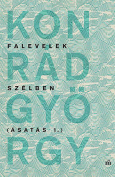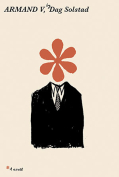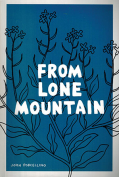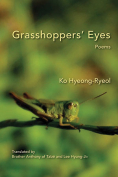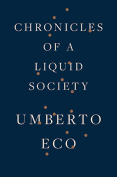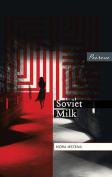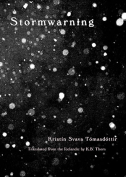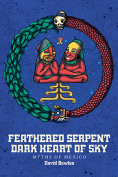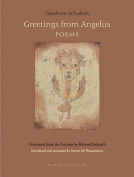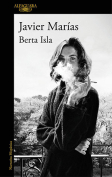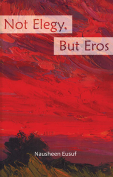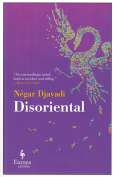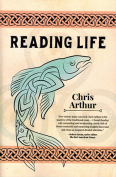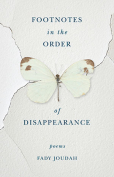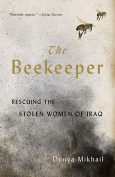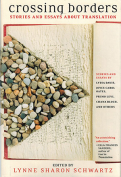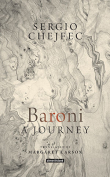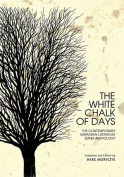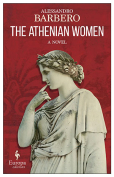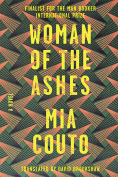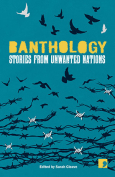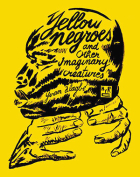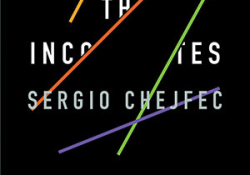Baroni: A Journey by Sergio Chejfec
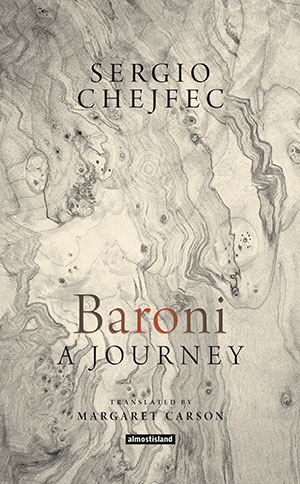 Mumbai. Almost Island. 2017. 155 pages.
Mumbai. Almost Island. 2017. 155 pages.
Works of fiction are sometimes excerpted in literary magazines ahead of their publication. Baroni: A Journey, Sergio Chejfec’s eighth book and his fourth to be translated into English, debuted at the third Kochi-Muziris Biennale in 2016. Portions of it were pasted on the walls of Kochi, in the southern Indian state of Kerala, to form the artwork Dissemination of a Novel. Originally published in 2007 in Buenos Aires (Chejfec’s hometown), Baroni is Almost Island’s first incursion in non-Indian territory and a remarkable choice of both author and book.
The Baroni of the title is Rafaela Baroni, a Venezuelan folk artist born in 1935 and living (as of March 2018) in her anagrammatically named house museum, “El Paraíso de Aleafar,” some 370 miles southwest of Caracas. Like many folk artists, Baroni is a complex and many-sided cultural mediator whose work blurs the boundaries between creative and healing powers. Known for her wooden sculptures of local saints and virgins, brightly colored and fantastically adorned, she is also an original performance artist.
Chejfec tells us how occasionally “Baroni performs her own funeral: she dresses in the appropriate attire, a blue dress, which she put together for that purpose, and she lies down in the coffin, homemade as well, where she remains motionless for a long time.” At the heart of this enactment is what Chejfec calls a “double gaze,” enabling the artist to see “herself through the eyes of those who have stayed alive, and [to offer] to the living the lesson of seeing her dead.” By the same double perspective, the funeral performance is Baroni’s way to look simultaneously backward, to her own experiences of death as a result of cataleptic attacks, and forward, to the real event that, although irreversible, she will have rehearsed too many times to go wrong.
Chejfec has a unique and compelling way of exploring the inner and outer worlds of an artist who, thanks to his own peculiar (multiple) gaze, emerges as far more sophisticated and intriguing than the categories of “folk,” “popular,” or “religious art” may suggest. His allusive, engagingly manneristic style hints parodically at the fact that he could have written an essay on Baroni’s art; or a novel inspired by her life; or even a travelogue focused on Venezuelan folk art. Instead, he has given us a book that is much richer, deeper, and more fascinating than any of these three genres would have allowed, given their scope and limitations. A book that enthralls and delights the common reader but should also engage the critic and the scholar, especially if concerned with folk art (or, for that matter, art in general).
Graziano Krätli
North Haven, Connecticut
